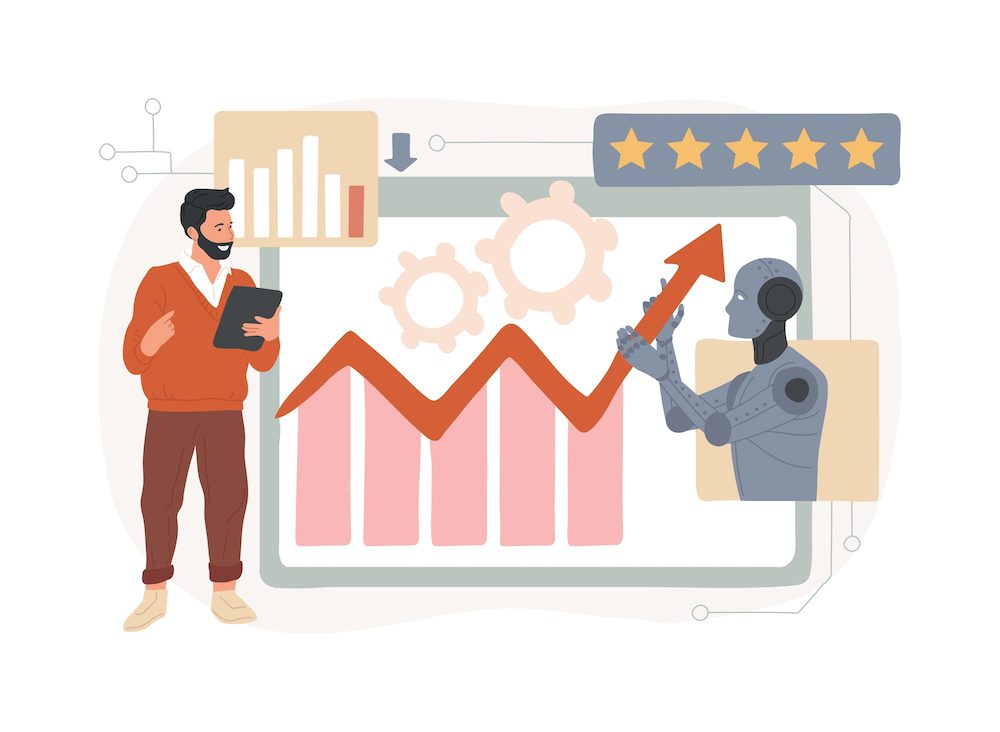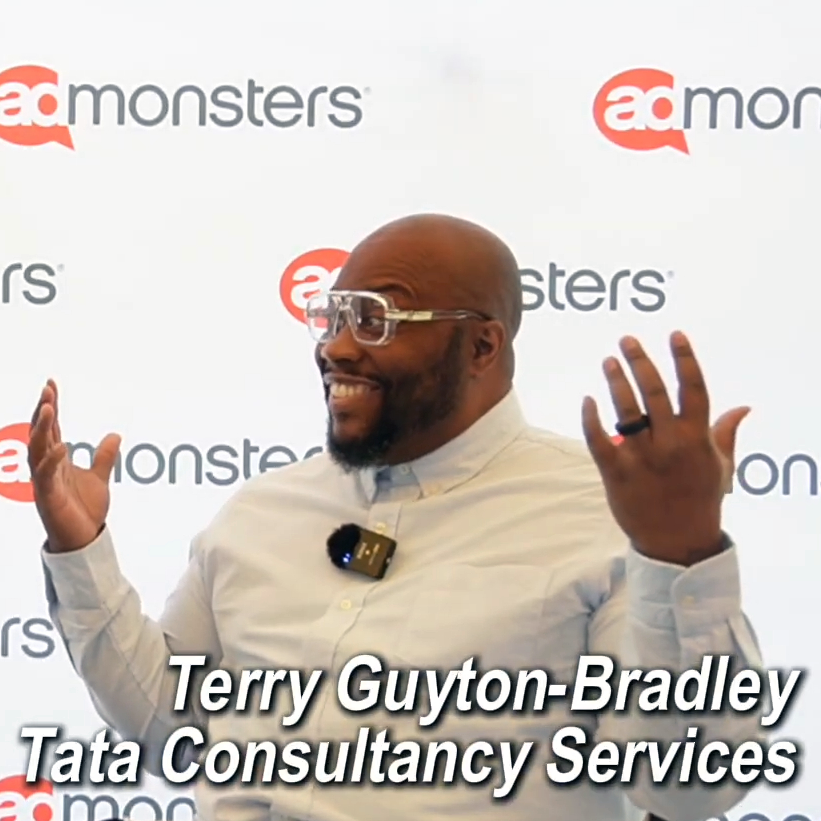Readers under the impression that their life insurance agent has been ignoring them should take a look at their most recent tax return. Anyone who declared less than $60,000 in individual income or $80,000 in household earnings is probably being ignored. And that trend is going to increase as insurers turn to direct response channels to reach that market, according to a report from Hartford, CT-based Conning & Co.
Upscale households, while making up only 22% of the market, account for 52% of all life insurance premiums, notes the study, “Direct/Tech – Middle Market Distribution: Will It Close the Gap?” While insurers will continue to use agents to target these high-net-worth prospects, they are increasingly turning to DM, including the Internet, direct mail and inbound toll-free quote lines, to solicit middle-income consumers.
The field is certainly ripe for DM. Only 2.4% of households bought life insurance by mail or phone in 1997.
By comparison, 6.3% of consumers purchased auto or homeowners policies during the same period. Admittedly, those types of insurance are required either by law or mortgage lenders, and are simpler to purchase.
The report states that DM’s primary function in the life insurance industry will be among customers who straddle the lower- and middle-income markets, such as older prospects with lower levels of education and little online experience.
But blindly launching a DM campaign for life insurance, without considering whether the offer and timing are right, can be disastrous. The study mentions that American Maturity Life – the American Association of Retired Persons’ DM partner – ended its direct mail annuity program this past June. The program sold only 6,500 annuity contracts to AARP’s 33 million members. Company management believed the annuity was too complex to sell direct.
Expect this to change as baby boomers age. The percentage of consumers confident enough to buy life coverage without an agent rose from 19% in 1985 to around 25% in 1997. Conning attributes this to the coming of age of younger baby boomers and Generation Xers, who are morefinancially savvy.
Buying trends bear this out. During the past 15 years direct channels have become accepted by consumers as a way to buy life insurance. For example, an ongoing direct effort by Globe Life geared toward younger, less affluent consumers has been successful.
Globe Life is one of two direct response arms of insurer Torchmark/Globe. The company offers middle- and lower-middle-income prospects a $10,000 life insurance policy with a first-month premium of $1, which jumps the second month to the regular rate of $20.
According to Conning, the initial response is in the mid-single digits, and the continuation rate after the first month is 65%. Globe keeps those who don’t continue on file: They recognize the need for insurance, yet are not ready to commit to a policy.
These names are folded into Globe’s 4.5-million-name database, and are periodically sent mailings. Responses from these prospects are higher than Globe could get from outside lists, according to the report.
A recent study by LIMRA International Inc. cited within the Conning report reaffirms that DM is being used to target middle-income consumers. Almost 80% of policyholders who buy direct have annual earnings of less than $50,000, and the $28,000 median income of those who did is 35% less than among consumers purchasing from an agent, LIMRA notes in “Direct Response: Buying Life Insurance Without Meeting an Agent.”
This makes sense: The upscale market is not necessarily the easiest one to reach for insurers unfamiliar with direct channels. And the industry has concerns about eliminating agents – traditionally its primary source of policy writing. In turn, agents are worried about losing their livelihood to direct marketing.
Given that Internet sales cost $15 per $100 of new premiums, compared with $97 for traditional DM-generated new sales and between $139 and $161 for agents, perhaps the agents should be worried. By and large, agents are not using the Internet to their advantage.
“I saw a magazine article recently,” says Conning vice president of insurance research Mark Trencher, the report’s author. “A study of agents using technology entitled `Agents Love E-mail.’ That would have been a great headline in 1985. It told me that agents need to get up to speed on technology.”
The Internet’s actual role in channel conflict has not been as pronounced as that of other DM media. According to the study, in 1998 the Internet accounted for $200 million in premiums – about 0.2% of the industry total. Seventy-five percent of that, moreover, was Internet-generated leads rather than policies sold online. Part of this may be due to insurers’ slow adoption of the Internet in deference to their agents.
Internet sales and quote lines can be used to steer sales to both insurers and agents. Based on surveys of 35 insurance firms, Conning predicts that traditional DM sales to middle and upscale markets will grow by 15% every year from 1998 through 2003, reaching $7.3 billion. But online sales to the middle-income and upscale markets are projected to rise from $200 million in 1998 to $2.8 billion in 2003.
The report, which draws on data from the American Council of Life Insurance, Booz-Allen & Hamilton, the Insurance Advisory Board, LIMRA studies, Conning research and other sources, is available from Conning (www.conning.com).
 Network
Network

